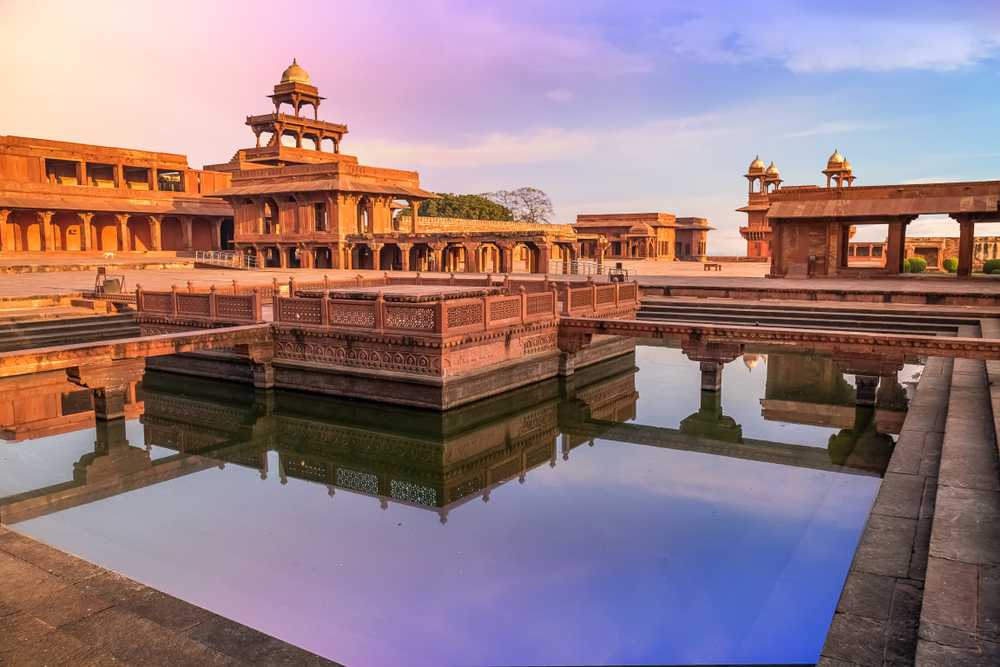
Fatehpur Sikri is a fascinating and historically significant location in India, located near Agra. It's a great tourist attraction and is also steeped in history. In this article, we'll explore the history of Fatehpur Sikri, how to reach it, and more! We'll discuss why it's worth visiting and what you can expect when you get there. So let's get started!
Fatehpur Sikri is one of the most popular historical sites in India. The city was built by Emperor Akbar in the 16th century to commemorate his victory over Gujarat. Fatehpur Sikri is located about 35 kilometers from Agra, the city of Taj Mahal.
The best time to visit Fatehpur Sikri is from October to March when the weather is cool and pleasant. April to June are summer months when the temperature can go up to 45 degrees Celsius. July to September are monsoon months and it's best to avoid visiting during this time.
Fatehpur Sikri is a must-visit for anyone interested in Indian history and architecture. The city has some of the most beautiful buildings and mosques, such as the Jama Masjid, Panch Mahal, and Buland Darwaza. Do make sure to add Fatehpur Sikri to your travel itinerary next time you're in India!
The History of Fatehpur Sikri starts with the great Mughal Emperor Akbar. He ruled from 1556 to 1605 and was known for his grandiose projects and campaigns. One of his most ambitious undertakings was the building of a new capital city, which he named Fatehpur Sikri, or "the City of Victory."
Construction on Fatehpur Sikri began in 1571 and continued for 15 years. The city was designed by Akbar's court architect, Abdurrahim Khawaja. It was a planned city, with wide streets and large public squares. The main buildings were constructed of red sandstone, and the city had many gardens and fountains.
Fatehpur Sikri served as the capital of the Mughal Empire from 1571 to 1585. During this time, Akbar built several palaces and temples within the city. He also welcomed many different religious leaders to Fatehpur Sikri, including Christian missionaries, Hindu holy men, and Zoroastrian priests.
In 1585, Akbar decided to move his capital back to Agra. Some historians believe that this was due to water shortages in Fatehpur Sikri; others say that Akbar simply missed the comforts of Agra Fort. Whatever the reason, Fatehpur Sikri was soon abandoned and fell into ruin.
There are several ways to reach Fatehpur Sikri. The easiest way is by road, and there are plenty of buses and taxis that ply between Agra and Fatehpur Sikri. Alternatively, one can also take a train from Agra Cantonment or Agra Fort railway station to Fatehpur Sikri railway station. The journey by train takes about an hour.